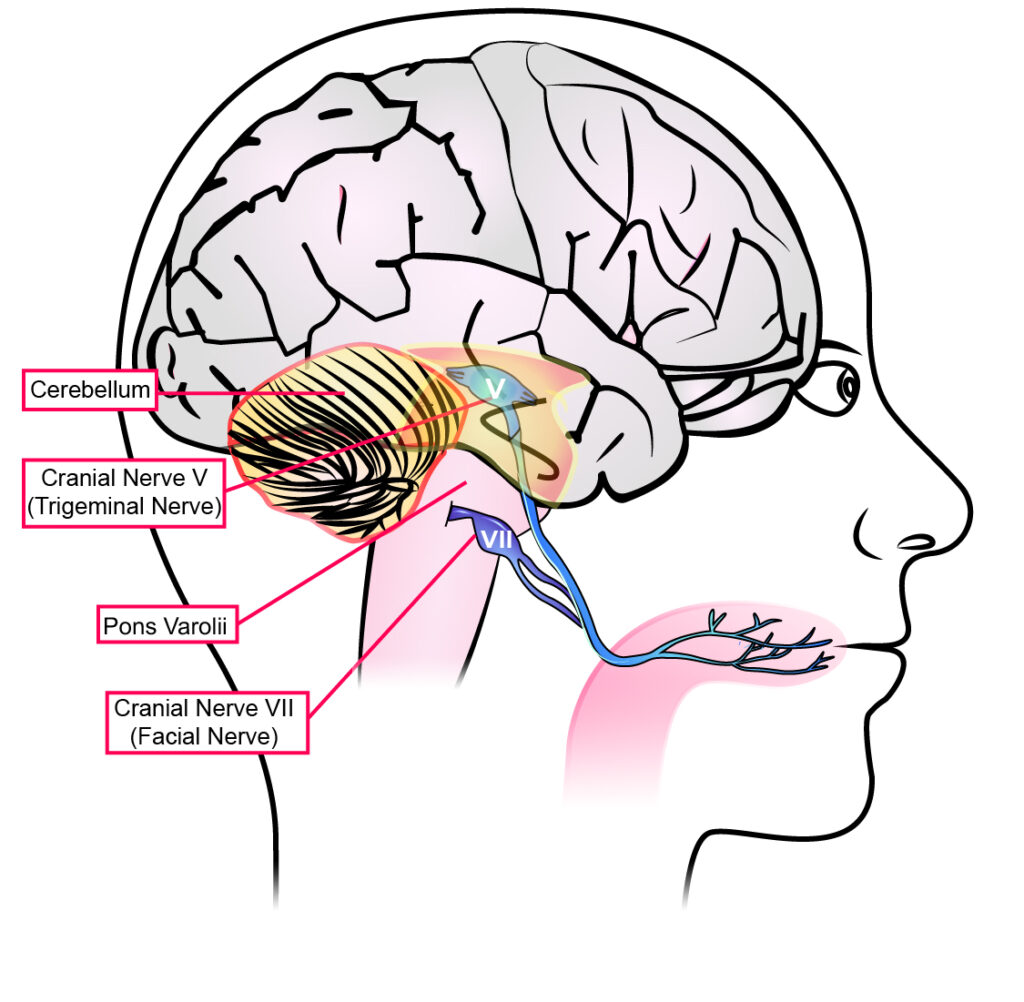
Neuroplasticity, or brain plasticity, is the brain’s ability to change and reorganize itself at any stage of life. Your brain is actually able to form new neural connections and optimize neural pathways as needed to adjust to new conditions. These new connections can even compensate for damage and injury in parts of the brain. In other words, given the right conditions, the brain can heal itself.[i]
As you can imagine, neuroplasticity has huge implications for those suffering from traumatic brain injury and a host of other neurological disorders. But only in the past few decades have scientists and medical professionals begun to learn how to work with the brain to encourage and accelerate this natural process.
The Role of Electricity in Brain Healing
The work of Dr. Norman Doidge, author of the bestselling book, The Brain That Changes Itself, has been a pioneering influence in the field of brain plasticity. According to Dr. Doidge, the disruption and subsequent imbalance of electrical activity within the brain is a major cause of all kinds neurological symptoms.
Dr. Doidge found that electrical stimulus to the brainstem—and specifically the cranial nerves which carry information between the brain and the body—can help to bring the electrical activity in brain cells back into balance. A critical part of the brain in this process is called the pons. The word “pons” is Latin for “bridge;” the pons contains a number of important cranial nerve synapses that help to relay impulses governing body regulation, facial motor control, balance, pain, and other functions.[ii] Revived cells are often able to reintegrate into the neural networks of the brain, enabling neuroplastic healing of brain function.[iii]
Health Canada Approves Non-Invasive Electrical Device for Cranial Nerve Stimulation as a Treatment for Neurological Disorders
The use of electricity to treat the brain is not new. In ancient Rome, the physician to Emperor Claudius once prescribed putting an electric ray (a type of fish capable of delivering electric shocks) on the head to cure headaches.[iv] In modern times, techniques such as electroconvulsive therapy (ECT) and, more recently, deep brain stimulation (DBS) have been used with varying degrees of success since the early 20th century.[v] However, until now, these have typically been highly invasive procedures. For example, ECT is now only conducted under general anesthesia,[vi] while DBS requires the implantation of electrodes into the brain, and is considered a type of surgery.[vii]
Fortunately, there is now a truly holistic, non-invasive way to stimulate brain healing through the cranial nerves that can be integrated into daily life with no need for anesthesia, surgery, or the wearing of sea creatures on the head. A device mentioned in Dr. Doidge’s book, called the PoNS unit, was recently approved by Health Canada for treatment of neurological disorders. The device has been shown in clinical trials to be effective in the treatment of a number of conditions, [viii] including:
- Traumatic brain injury
- Spinal cord injury
- Balance impairment
- Multiple sclerosis,
- Sleep apnea
- Epilepsy, and more
How It Works: Stimulation through the Tongue
Unlike the invasive methods mentioned above, the PoNS device does not attempt to deliver electricity directly to the brain. Instead, it works by delivering low-level electrical impulses (microcurrent) to the tongue.
Why stimulate the tongue? The tongue has more electrical receptors and nerve endings than anywhere else in the body. There are also two cranial nerves passing through the tongue which connect it directly to the brainstem.[ix] The PoNS device has an extension that fits into the mouth to deliver electrical impulses directly to the tongue. Like our own microcurrent therapy, which we recommend using in conjunction with the Hache Protocol for Pain Resolution, the electrical stimulation delivered through the PoNS device is always used in tandem with additional therapy (in this case physical therapy) for best results.
Of course, for electrical stimulus to the brain to have a healing effect, it must be done correctly. As with all electrical therapies, frequency is important. Research shows that for therapy of this kind to be successful, you need to achieve an extremely specific frequency of 200 hz and modulate it 3:1.[x] Devices used for this or similar therapy must thus allow for adjustment to this frequency.
While still prohibitively expensive (a PoNS unit currently costs $30,000), the therapy and its acceptance by a major regulating body such as Health Canada is a promising breakthrough in the field of neurological healing.
Learn More About Healing the Brain With Low Level Electrical Stimulation of the Tongue and Cranial Nerves
For more information on the pons of the brain, using microcurrent to help restore brain health, and tongue stimulating devices, please check out our recent blog post and video, “Taking It Further – Taking It To the PONS.”
[i] https://www.medicinenet.com/script/main/art.asp?articlekey=40362
[ii] https://en.wikipedia.org/wiki/Pons
[iii] https://www.psychologytoday.com/us/blog/talking-about-trauma/201802/brain-stimulation-device-may-power-healing
[iv] https://www.ncbi.nlm.nih.gov/pmc/articles/PMC3157831/
[v] https://www.psychologytoday.com/us/blog/freud-fluoxetine/201811/brief-history-electroconvulsive-therapy
[vi] https://www.mayoclinic.org/tests-procedures/electroconvulsive-therapy/about/pac-20393894
[vii] https://www.mayoclinic.org/tests-procedures/deep-brain-stimulation/about/pac-20384562
[viii] https://balanceanddizziness.org/health-canada-approves-pons-device/
[ix] https://howtobrain.com/pons-device-neuroplasticiy/
[x] https://thesanashop.com/blogs/news/taking-it-further-taking-it-to-the-pons?fbclid=IwAR36vBiQxaYt87SfZceShC0Dm3KG6PZut-ehcGGsyE-DPLyAHAPSPXVohP4





